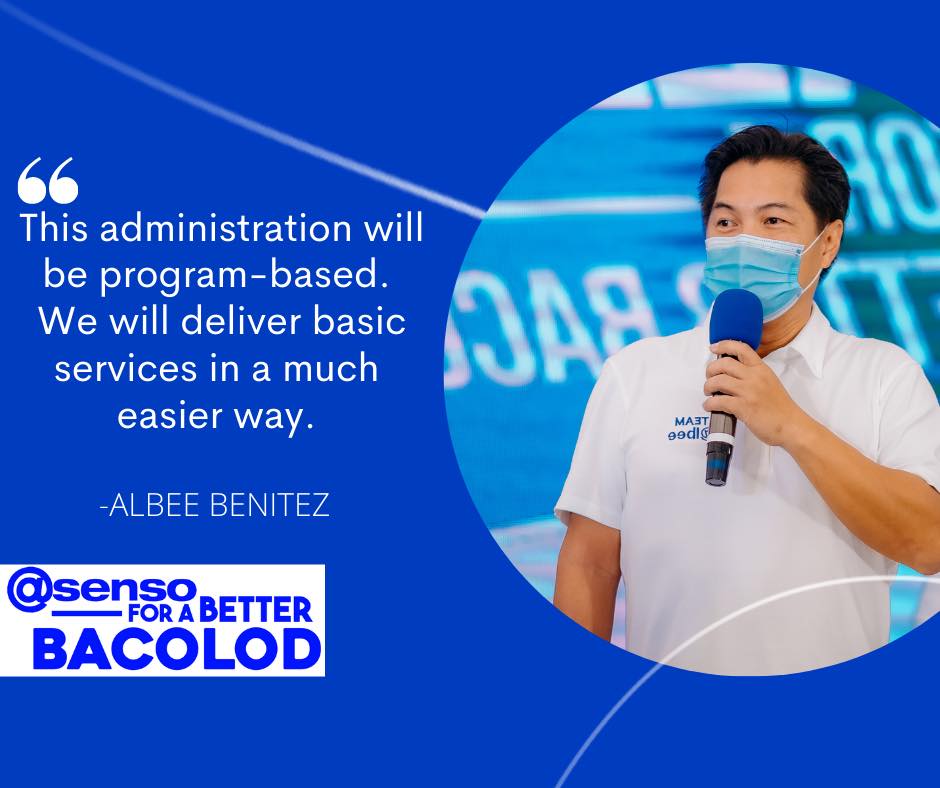IN THE KNOW: Charter change

Philippine Daily Inquirer / 07:32 AM August 11, 2017
In 1986, following the ouster of dictator Ferdinand Marcos, Corazon Aquino proclaimed a revolutionary government and suspended the 1973 Constitution.
She then formed a 50-member constitutional commission to write a new Constitution, which was approved in a plebiscite in 1987.
The 1987 Constitution provides three ways for its amendment:
A constituent assembly (Con-ass), where Congress is convened into a constituent assembly to propose revisions
A constitutional convention (Con-con) by specially elected delegates
A people’s initiative, which requires a petition by 12 percent of the country’s voting population and at least 3 percent of registered voters per legislative district.
A revision of the Constitution itself and not just its specific provisions would have to be done through a Con-ass or a Con-con, according to Fr. Joaquin Bernas, one of the framers of the 1987 Constitution.
There have been several attempts to amend the Constitution since the Ramos administration.
In 1997, a signature campaign, or people’s initiative, was launched, seeking a shift to a parliamentary system of government and the lifting of term limits on elected officials, including then President Fidel V. Ramos. The Supreme Court shot down the initiative, declaring it lacked an enabling law.
Former President Joseph Estrada pushed for Charter change, which he called Concord, or Constitutional Correction for Development, to allow foreigners to own land, public utilities and media facilities. Strong opposition from the Catholic Church and other sectors forced Estrada to shelve the proposal in January 2000.
Former President Gloria Macapagal-Arroyo created a consultative commission that recommended a unicameral parliamentary form of government, decentralization of the national government and more powers to local government units.
A people’s initiative called Sigaw ng Bayan was also launched during Arroyo’s administration, but this was rejected by the Supreme Court in October 2006, citing its failure to comply with the basic requirement that the “initiative must be directly proposed by the people.” The court said the proponents did not show the people the full text of the proposed amendments before asking them to sign the “signature sheet.”
Two months later, then Speaker Jose de Venecia Jr. began moves to convene the House of Representatives into a Con-ass. It was met with protests that prompted Arroyo to knock it down.
In November 2008, then Sen. Aquilino Pimentel Jr. drafted Senate Resolution No. 10, convening Congress into a Con-ass to establish a federal system of government. Though backed by 16 senators, it never took off.
In 2009, the crux of the debate on Charter change through Con-ass was whether the two chambers of Congress should vote jointly or separately on proposed constitutional amendments.
House Resolution No. 1109, which was passed that year, calling for the convening of a Con-ass as a joint session of the House and the Senate. This would mean that House members, by their sheer number, could carry out any proposed amendments.
Senators rejected the resolution, insisting that the voting on any issue or amendment must be done separately.
In September 2011, then President Benigno Aquino III rejected an effort by then Senate President Juan Ponce Enrile and Speaker Feliciano Belmonte Jr. to amend economic provisions of the 1987 Constitution.
In July last year, Negros Occidental Rep. Alfredo Benitez filed a resolution calling on the House and the Senate to sit as a Con-ass to introduce amendments to the 1987 Constitution that would allow the Philippines to become a federation of states. —COMPILED BY ANA ROA, INQUIRER RESEARCH
Related Stories:
@senso for A BETTER BACOLOD
Ang isa sa akon mga handom para sa Bacolod.


Ako ang kapitan sg sini nga barko. Indi ini magkadto sa wala ukon sa tuo, kundi derecho sa direksyon sang pagbag-o sang gobyerno para sa kaayuhan sang Bacolodnon.


